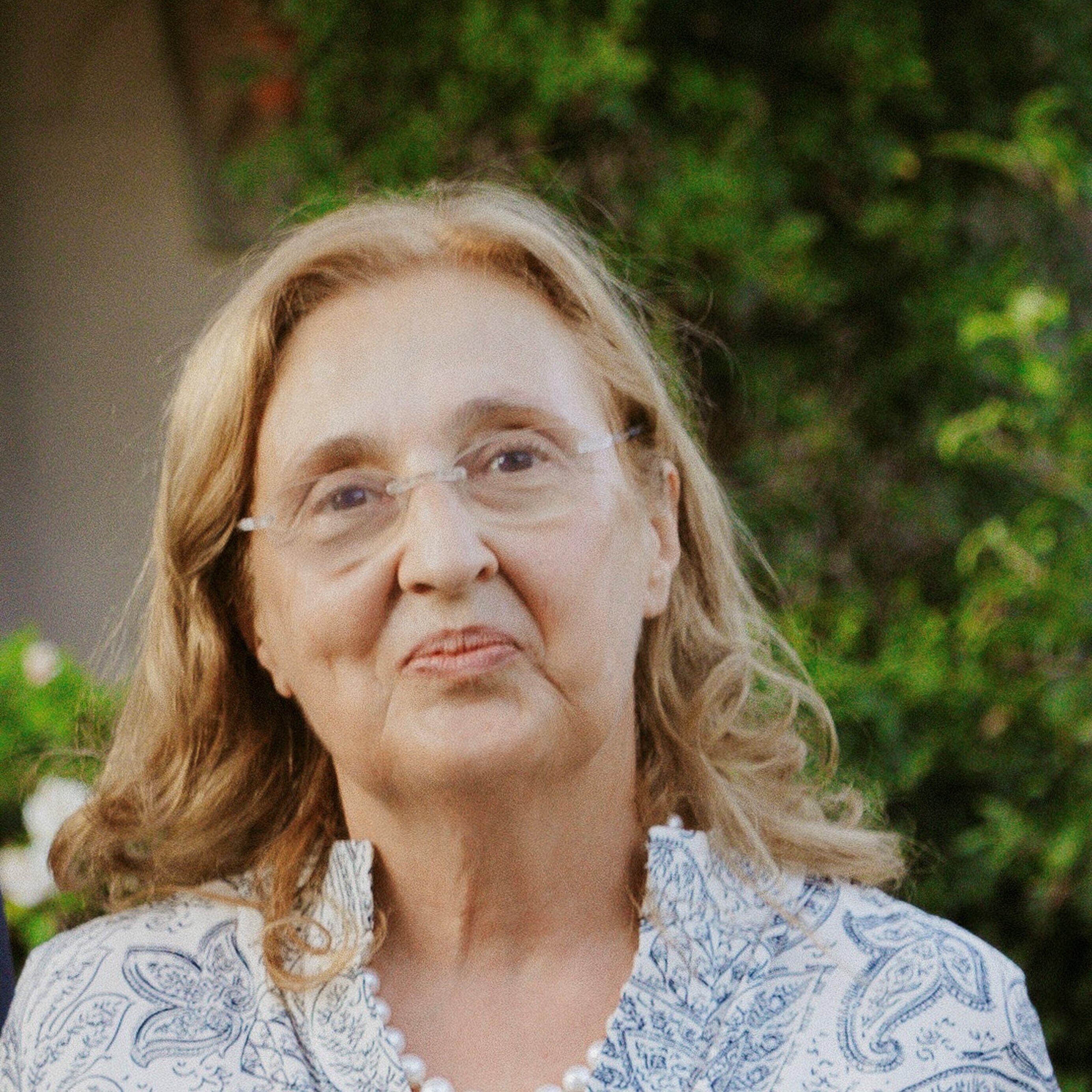Research Fellow at the British School at Rome, Advisor to the American Academy and a member of the scientific committee of the Galleria Borghese.
Timeless Wonder
Art, Nature and Painting on Stone
Bildinformationen
Datum
28.05.2024
Uhrzeit
18:00 - 20:00
Ort
Alte Galerie
Mit
Dr. Patrizia Cavazzini
Alle anzeigen
Über die
Veranstaltung
Shortly before the Sack of Rome of 1527, Sebastiano del Piombo invented, or perhaps rediscovered, the technique of painting on stone. In the wake of this event, stone became popular as a support. Seen as indestructible, it was used for many altarpieces in Rome, until the rapid deterioration of those around the tomb of St. Peter’s proved beyond doubt its fragility.
Even though Sebastiano tried to keep the technique secret, many painters imitated him, producing also small precious works, initially all on slate and mostly portraits. Later Jacopo Bassano used the dark tonality of slate to evoke night in small narrative scene used for devotional purposes. In the late Cinquecento the fashion started to change: many collectors became interested in owning veined stones whose natural appearance suggested landscapes, or more rarely figures, often interpreted as miraculous. Soon after, painters such as Antonio Tempesta or Sigmund Leier, begun to paint on alabaster, pietra paesina, lapis lazuli and amethyst, creating works where their brushstrokes competed with nature itself.
Far from being an inert support, stone contributed to the appearance of these pictures and deeply shaped their meaning. The interaction between painters and stone carvers was fundamental to the finished appearance of these works. Eventually, at least in Rome, jewellers and ebonists became responsible for producing small paintings on stone surrounded by elaborated frames in silver, wood and precious stones which became more important and much more expensive than the paintings themselves.
Zusatzinformationen
Dieser Vortrag findet auf Englisch statt.
Die Vortragende: Dr. Patrizia Cavazzini

Über die Vortragende
Patrizia Cavazzini is a Research Fellow at the British School at Rome, Advisor to the American Academy and a member of the scientific committee of the Galleria Borghese. She received her doctorate in History of Renaissance and Baroque Art from Columbia University in New York.
She is the author of Painting as Business in Early Seventeenth-century Rome which explores the workings of the art market and the diffusion of collecting among the middle and lower middle classes. She has addressed the display of paintings in Roman houses and has studied the reception of erotic paintings, portraits and Renaissance masterpieces in 17th-century Rome. She has also examined the customs that regulated the profession of the painter in Rome in the 16th century, including apprenticeship, and their changes in the transition between crafts and intellectual professions.
She has worked on the biography of many Caravaggesque painters for various exhibitions. Expert in archives, she has published Porta Virtutis. Il processo a Federico Zuccari, a re-examination of the famous trial that caused the painter's exile from the Papal State. It will be followed by a volume dedicated to the trial for the rape of Artemisia Gentileschi.
Together with Francesca Cappelletti, she has recently curated the exhibition Meraviglia senza tempo at the Galleria Borghese, on painting on stone in Italy around 1600, and she is still working on the topic.


















